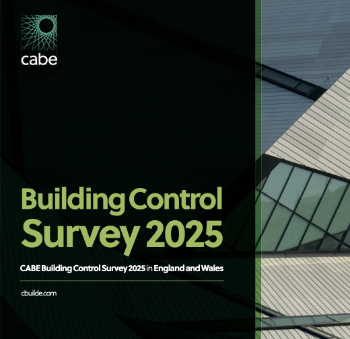Serial tendering
A 'tender' is a submission made by a prospective supplier in response to an invitation to tender. It makes an offer for the supply of goods or services. In construction, the main tender process is generally the selection, by the client, of a contractor to construct the works. However, as procurement routes have become more complex, so tenders may now be sought for a wide range of goods and services.
Irrespective of the nature of the goods or services that are being sought, securing tenders generally follows one of a number of basic procedures:
- Open tendering.
- Selective tendering.
- Negotiated tendering.
- Serial tendering.
- Framework tendering.
Serial tendering generally involves the preparation of tenders based on a typical or notional bill of quantities or schedule of works. The rates submitted can then be used to value works over a series of similar projects, often for a fixed period of time following which the tender procedure may be repeated.
Serial tendering may used where the client has a regular programme of works that they would like to be undertaken by a single contractor, often minor works, repetitive works (such as housing) or maintenance work. The tender documents will generally define the buildings that will be covered by the works, the term over which works may be required (often between one and five years), an estimate of the likely total value of the works that will be required over the term and an estimate of the likely size of individual orders.
Appointment is based on an agreed schedule of rates related to the categories of work that are likely to form part of the programme.
When individual works are required, the client issues an instruction (or order) to the contractor which may include a written description of the works, drawings if appropriate and a valuation agreed by the client and contractor. Payments are then calculated based on an the agreed schedule of rates (see Measured term contract).
Serial tendering can reduce tender costs, and may encourage suppliers to submit low rates to secure an ongoing programme of work. However, it may be seen as anti-competitive and exclusive. It can be argued that it both encourages innovation (by giving contractors the confidence to invest in continuous improvement) and discourages investment (by preventing other contractors from submitting alternative proposals).
Continuity tendering is a variation on serial tendering, where subsequent work is negotiated following successful completion of a preliminary contract.
[edit] Related articles on Designing Buildings
- Appointing consultants.
- Due diligence when selecting contractors or subcontractors.
- Invitation to tender.
- Measured term contract.
- Mid-tender Interviews.
- Pre-qualification questionnaire.
- Pre-tender Interviews.
- Procurement routes.
- Selective tender.
- Tender.
- Tender documentation.
- Tender evaluation.
- Tender processes for construction contracts
- Tender settlement meeting.
Featured articles and news
Designing Buildings reaches 20,000 articles
We take a look back at some of the stranger contributions.
Lessons learned from other industries.
The Buildings of the Malting Industry. Book review.
Conserving places with climate resilience in mind.
Combating burnout.
The 5 elements of seiri, seiton, seiso, seiketsu and shitsuke.
Shading for housing, a design guide
A look back at embedding a new culture of shading.
The Architectural Technology Awards
The AT Awards 2025 are open for entries!
ECA Blueprint for Electrification
The 'mosaic of interconnected challenges' and how to deliver the UK’s Transition to Clean Power.
Grenfell Tower Principal Contractor Award notice
Tower repair and maintenance contractor announced as demolition contractor.
Passivhaus social homes benefit from heat pump service
Sixteen new homes designed and built to achieve Passivhaus constructed in Dumfries & Galloway.
CABE Publishes Results of 2025 Building Control Survey
Concern over lack of understanding of how roles have changed since the introduction of the BSA 2022.
British Architectural Sculpture 1851-1951
A rich heritage of decorative and figurative sculpture. Book review.
A programme to tackle the lack of diversity.





















